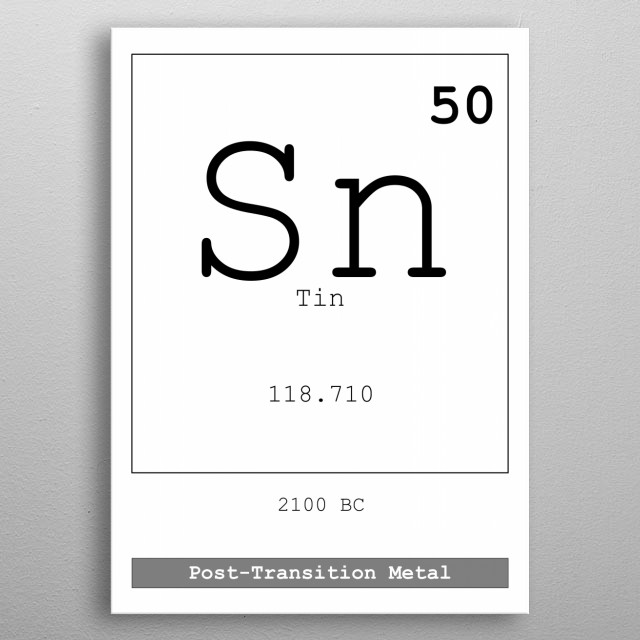

The purity of gold is measured in karats. Gold, as a pure metal, is so soft that it is always mixed with another metal (usually silver, copper, or zinc) when it’s made into jewelry. Titanium alloys are used in aircraft, ships, and spacecraft, as well as paints, bicycles, and even laptop computers! All these factors make it an excellent alloy material. Titanium is much lighter and less dense than steel, but as strong and although heavier than aluminum, it’s also twice as strong. Bronze is also used frequently in ship-building because it is resistant to corrosion from sea water. Other alloys like brass (copper and zinc) and bronze (copper and tin) are easy to shape and beautiful to look at. Check your kitchen pots and pans to see how many are made from stainless steel!) (Add chromium and you get stainless steel. Steel, for example, is a mixture of iron and small amounts of carbon and other elements a combination that is both strong and easy to use. Some of our most useful building materials are actually alloys.

The resulting substance is called an alloy. The properties of these different metals can be combined by mixing two or more of them together. Poor metals include aluminum, gallium, tin, thallium, antimony, and bismuth. They become very useful when added to other substances, though. Poor Metals are fairly soft, and most are not used very much by themselves. This group includes iron, gold, silver, chromium, nickel, and copper, some of which are also noble metals. They are used for many industrial purposes. They are hard and shiny, strong, and easy to shape. Transition Metals are what we usually think of when we think of metals.

This group includes calcium, magnesium, and barium. They are less reactive than alkali metals, as well as harder, and have higher melting points. Potassium and sodium are two alkali metals.Īlkaline Earth Metals are found in compounds with many different minerals. They have low melting points and are soft enough to be cut with a knife. Noble metals include copper, palladium, silver, platinum, and gold.Īlkali Metals are very reactive. This makes them ideal for jewelry and coins. Because they are so nonreactive, they don’t corrode easily. Noble Metals are found as pure metals because they are nonreactive and don’t combine with other elements to form compounds. Because copper is relatively inexpensive and has a low reactivity, it’s useful for making pipes and wiring. This means they can be found in a pure form (examples are gold and platinum). Other metals don’t react at all with other metals. They react violently with air and water potassium will ignite on contact with water! Potassium and sodium are the most reactive metals. These metals are never found in a pure form, and are difficult to separate from the minerals they are found in. Reactivity: Some metals will undergo a chemical change (reaction), by themselves or with other elements, and release energy. Sonorous: Metals often make a ringing sound when hit. High melting point: Most metals have high melting points and all except mercury are solid at room temperature. (You can test this using some household items. Because they are also ductile, they are ideal for electrical wiring. Conductivity: Metals are excellent conductors of electricity and heat.If they tried this with nonmetals, the material would shatter! Most metals are also ductile, which means they can be drawn out to make wire. For centuries, smiths have been able to shape metal objects by heating metal and pounding it with a hammer. Malleability: Metals are strong but malleable, which means that they can be easily bent or shaped.Luster: Metals are shiny when cut, scratched, or polished.Metals Science Lesson Properties of MetalsĪn element is a substance made up of one kind of atom it cannot be separated into simpler parts. For example, the element helium (think hot-air balloons) is made up exclusively of helium atoms.Įlements are generally classified as metals or nonmetals (although some elements have characteristics of both these are called metalloids). They can be further classified as alkali metals, alkaline earth metals, transition metals, and basic metals. Metals are found in the center and left side of the periodic table. For most people, metal is another word for iron, steel, or a similar hard, shiny substance.īut does this definition fit with the true properties of metals?īefore we explain, you should know that most of the elements in the periodic table are metals.


 0 kommentar(er)
0 kommentar(er)
